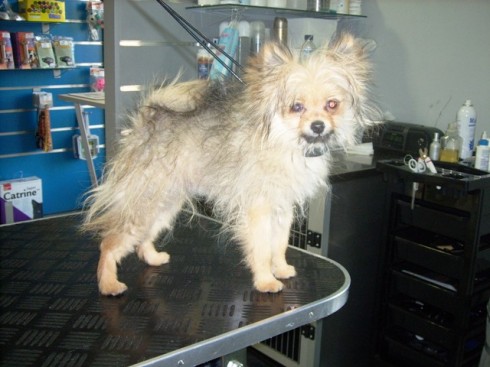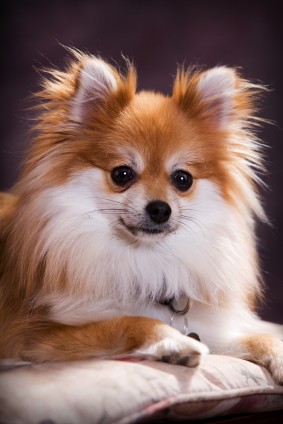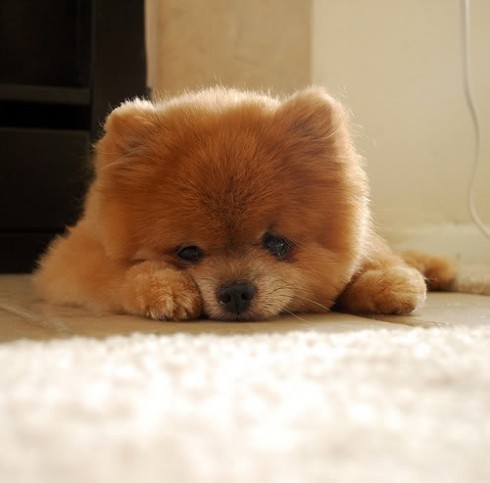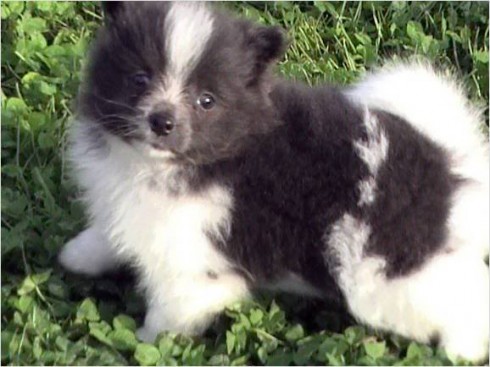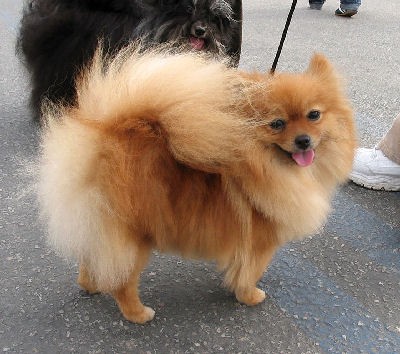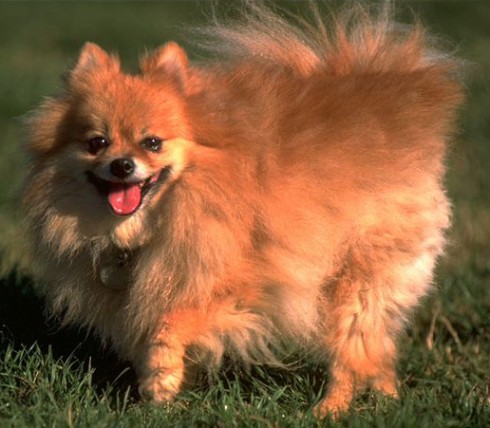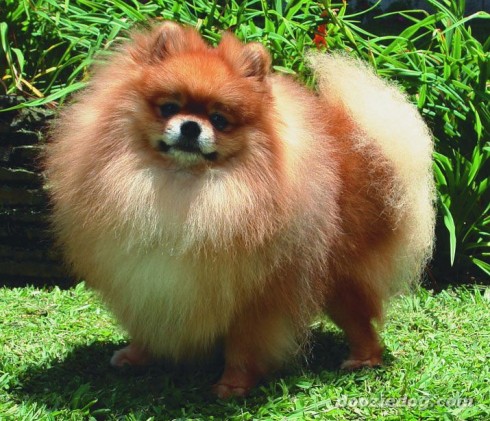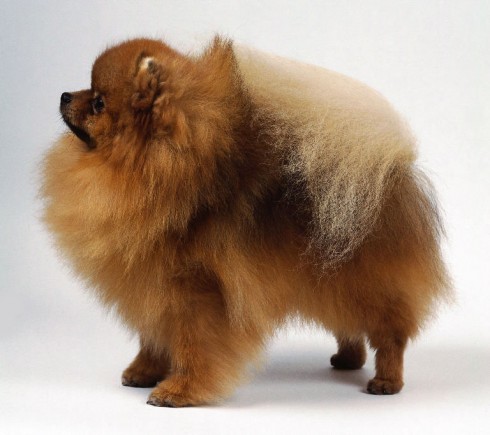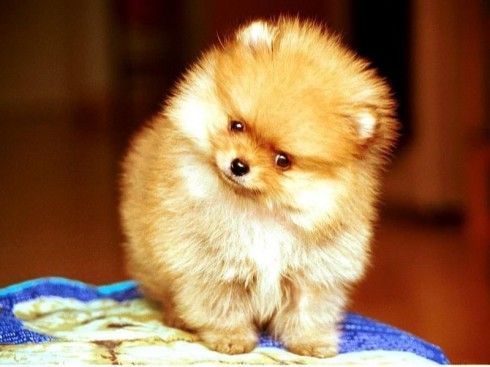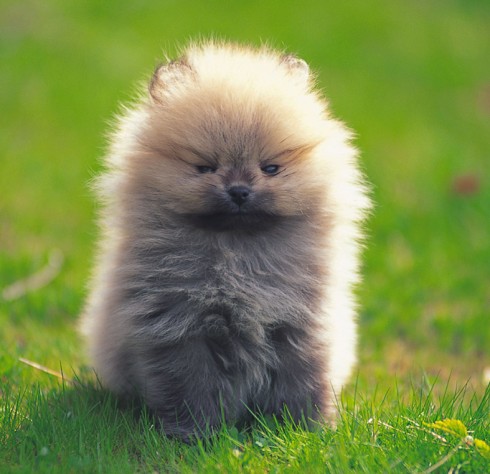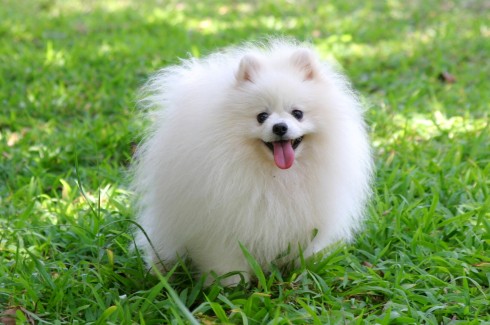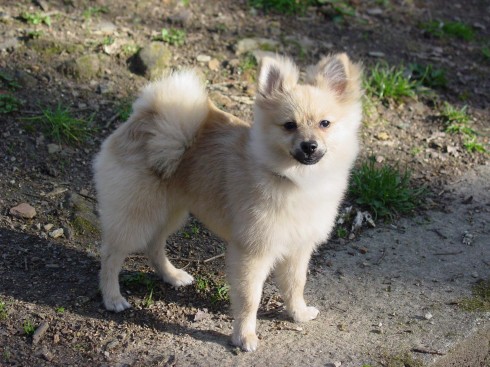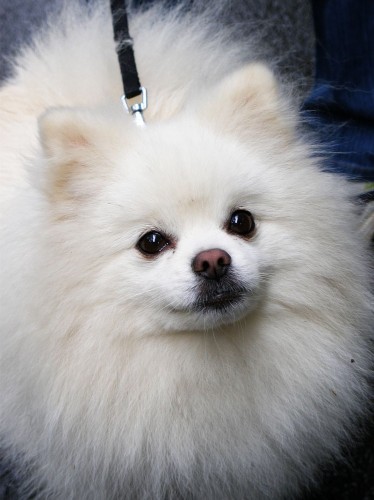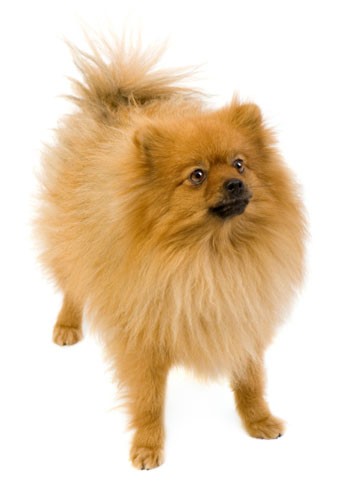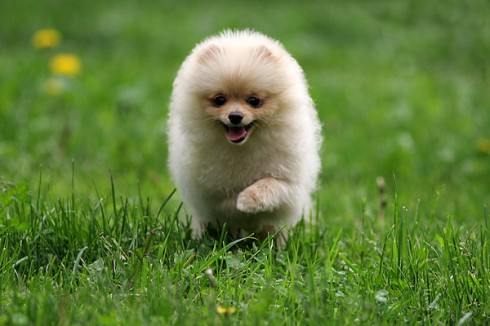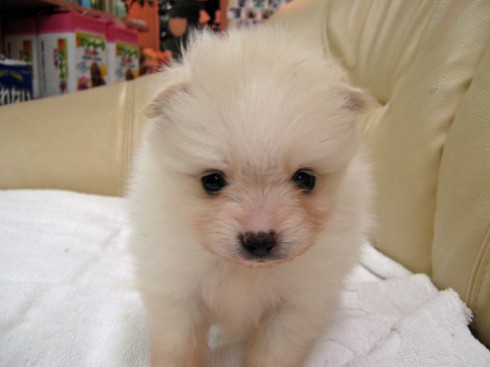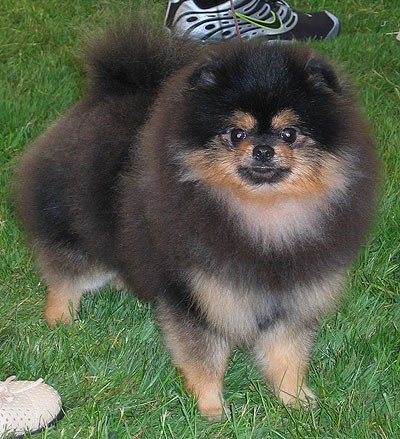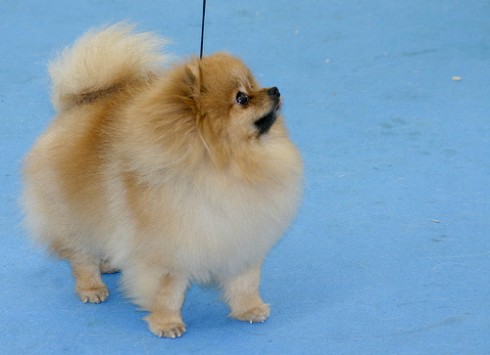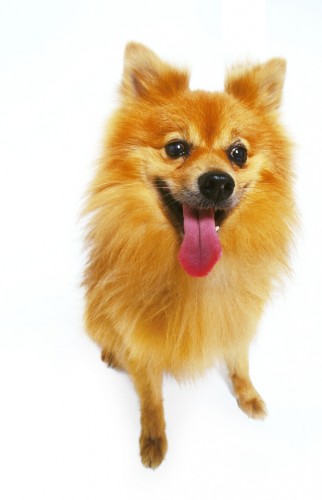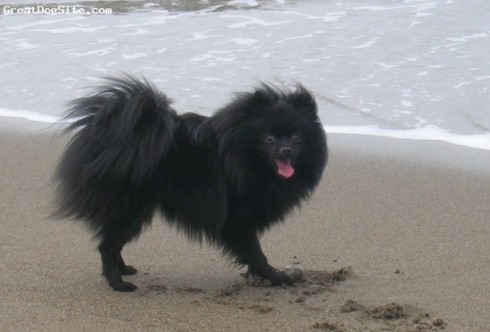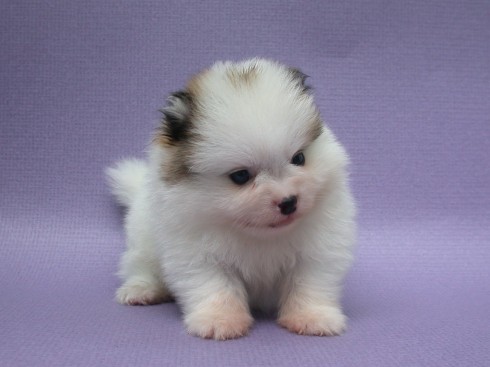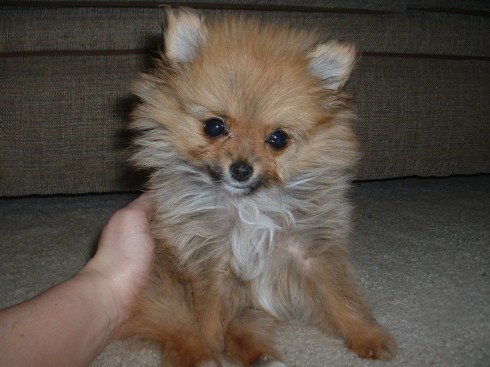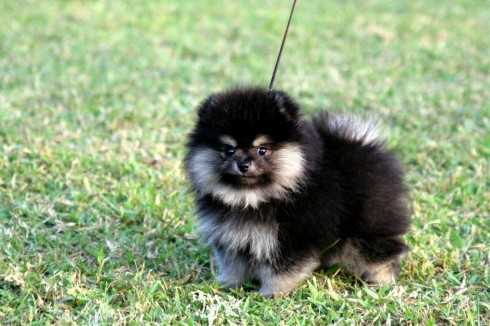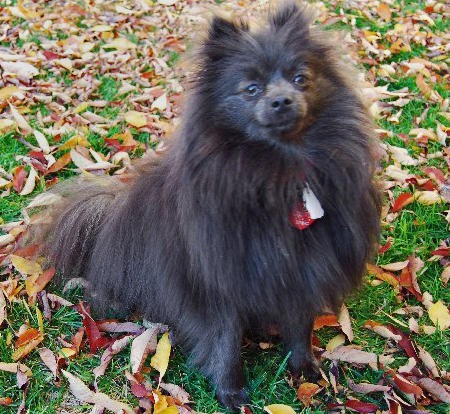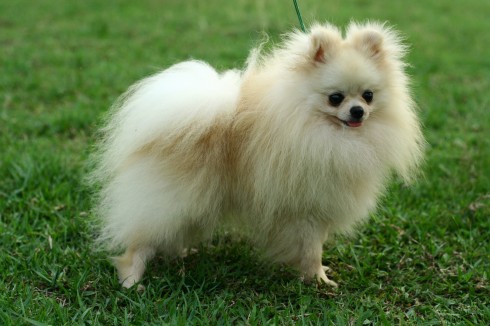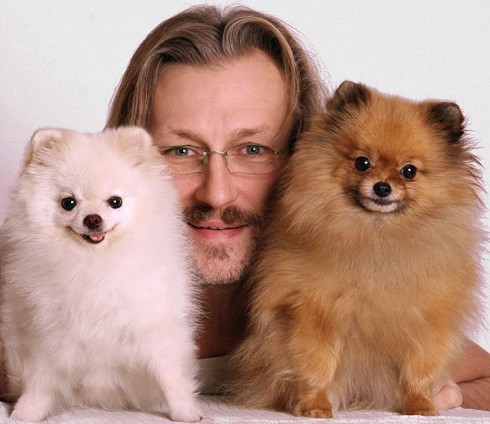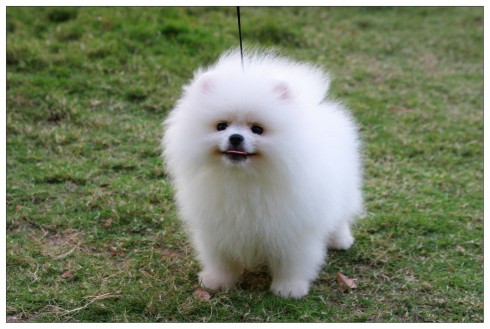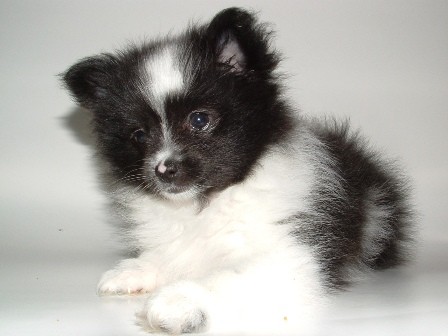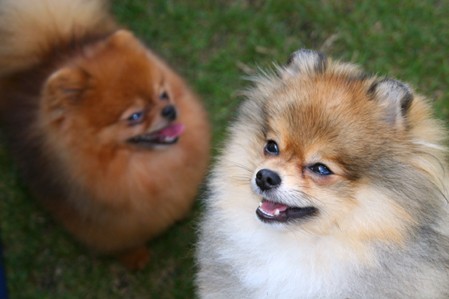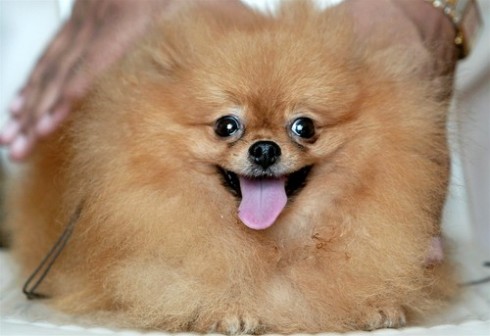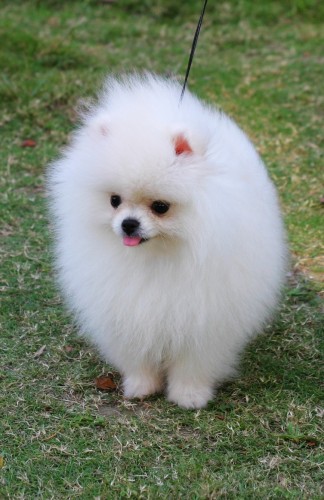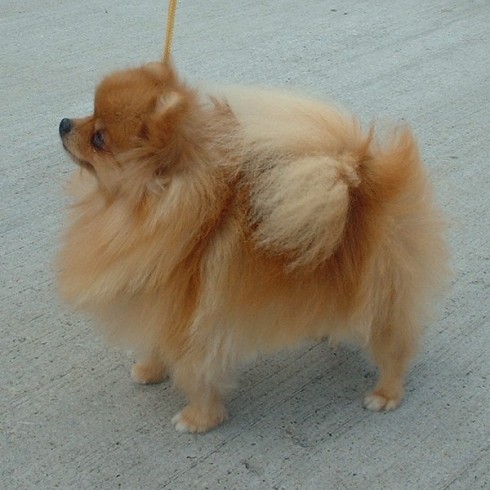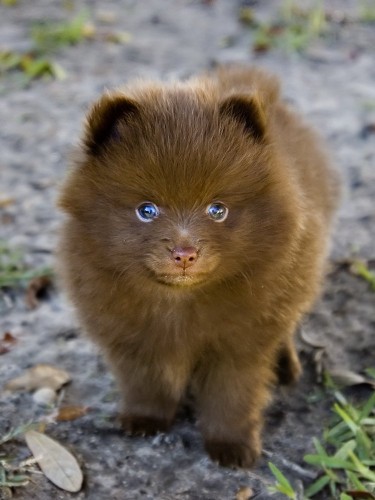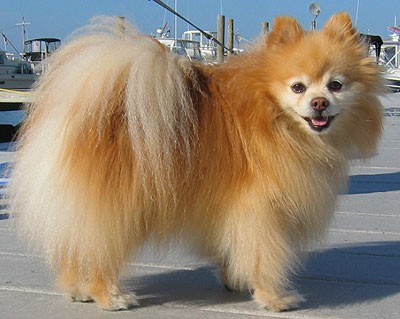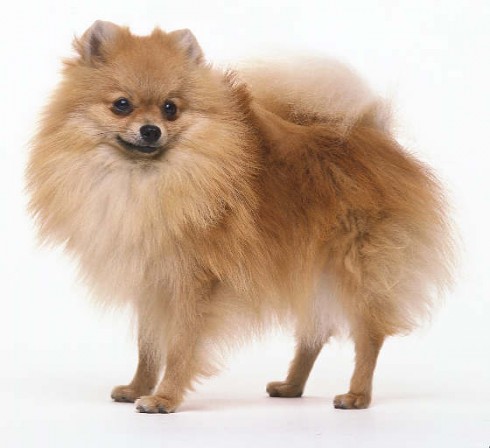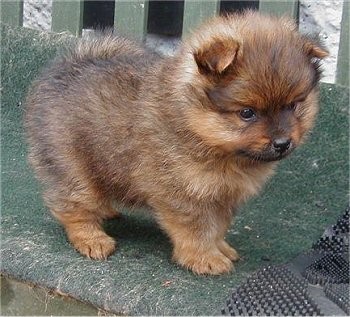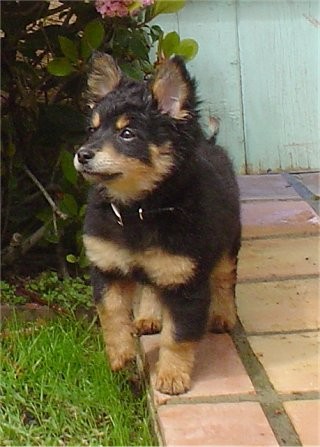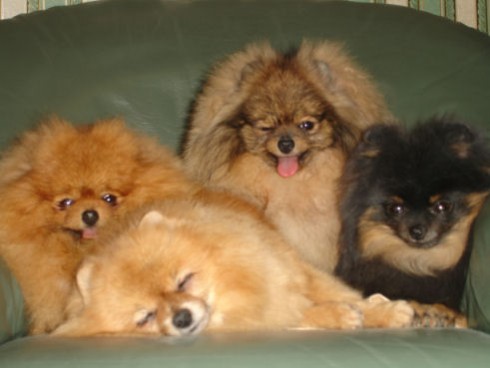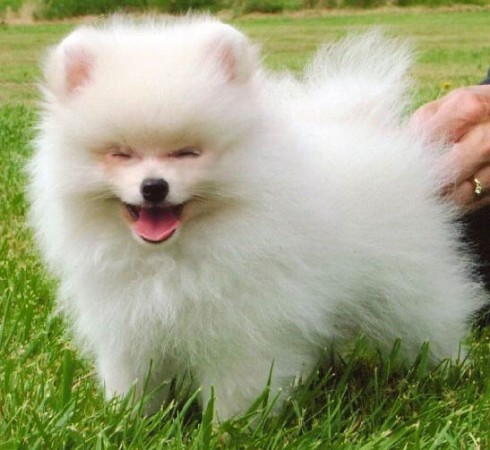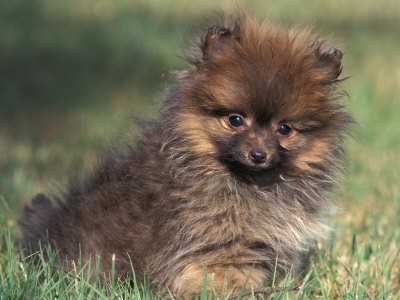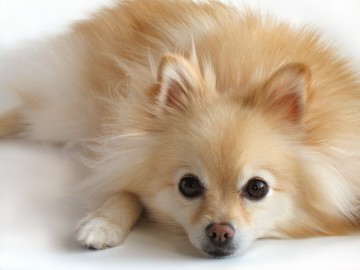Main Index
In Store
Our Web Store
Miniature Schnauzer Picture Gallery
Latest Dog Blogs
- What Are The Basic Commands To Train A Dog?
- PaySafe As The Most Popular Type Of Deposit
- Everything You Need To Know About Pet Sales
- Dogs Contribute To Our Physical And Mental Well Being
- How To Choose Where To Bet On Greyhounds In 2022
- Volunteer With Animals - How To Help Dogs Around The World
- Basic Understanding Of The House Edge
- Why You Should Get A Dog
- Top 20 Popular Dog Names Around The World
- Constipation in Dogs and How to Find Solutions
Pomeranian
The Pomeranian is a little spark plug. He's lively, bold and inquisitive, too. This makes him an excellent and fearless watchdog despite his tiny size. He's smart and will respond well to consistent training. Poms are sometimes suspicious of strangers and other animals.
Did you know?
The Pomeranian descended from the sled dogs of Iceland and Lapland.
So you want to own an Pomeranian?
The Pomeranian is a magnificent family pet, he is hearty and strong despite his fragile appearance.
The Pomeranian's coat gives the appearance of being difficult to care for, but it is actually quite easy, a regular brushing will keep the coat in good condition.
Indicative Breed Standard
General Appearance
Compact, short-coupled dog, well knit in frame. Exhibiting great intelligence in expression; activity and buoyancy in deportment.
Characteristics
Sound, vivacious and dainty.
Temperament
Extrovert, lively and intelligent.
Head and Skull
Head and nose foxy in outline, skull slightly flat, large in proportion to muzzle which finishes finely and free from lippiness. Nose black in white, orange and shaded sable dogs; brown in chocolate-tipped sable dogs, but in other colours may be self-coloured, never parti-coloured or flesh.
Eyes
Medium size, slightly oval, not full, or set too wide apart; bright, dark and showing great intelligence. In white, orange, shaded sable and cream dogs, rims black.
Ears
Small, not set too wide apart, nor too low down, but carried perfectly erect.
Mouth
Jaws strong, with a perfect, regular and complete scissor bite, i.e. upper teeth closely overlapping lower teeth and set square to the jaws.
Neck
Rather short and well set into shoulders.
Forequarters
Shoulders clean and well laid back. Fine-boned legs, perfectly straight, of medium length in due proportion to size of dog.
Body
Back short, body compact, well ribbed up, barrel well rounded. Chest fairly deep, not too wide but in proportion to size of dog.
Hindquarters
Fine-boned, legs neither cow-hocked nor wide behind; medium angulation.
Feet
Small, compact and cat-like.
Tail
Characteristic of breed, high set, turned over back and carried flat and straight, profusely covered with long, harsh, spreading hair.
Gait/Movement
Free moving, brisk and buoyant.
Coat
Two coats, an undercoat and an outer coat. Former soft, fluffy; the latter long, perfectly straight, harsh in texture and covering whole of body; very abundant round neck and fore part of shoulders and chest; forming frill, extending over shoulders. Forequarters well feathered, thighs and hindlegs well feathered to hocks.
Colour
All colours permissible, but free from black or white shadings. Whole colours are: white, black, brown, light or dark, blue as pale as possible. Orange which should be self-coloured and bright as possible. Beaver. Cream dogs have black noses and black eye rims. Whites must be quite free from lemon or any other colour. A few white hairs, in any of the self-coloured dogs permissible but undesirable. Dogs (other than white) with white or tan markings highly undesirable and not considered whole coloured specimens. In parti-coloured dogs, colours evenly distributed on body in patches; a dog with white or tan feet or chest not a parti-coloured dog. Shaded sables should be shaded throughout with three or more colours, the hair to be as uniformly shaded as possible, and with no patches of self-colour. In mixed classes, where whole coloured and parti-coloured Pomeranians compete together, the preference should, if in all other points they are equal, be given to the whole coloured specimens.
Size
Ideal weight: dogs: 1.8-2 kgs (4-41/2 lbs); bitches: 2-2.5 kgs (41/2-51/2 lbs).
About Our Article Directory
- Article
- 27 November 2010
- 2 comments
Canis lupus familiaris
- Breed Article
- 29 May 2010
- No comments
Dental Care For Your Pomeranian Dog
- Article
- 1 February 2010
- No comments
Quick Search
Donate
Latest Dog Pods
- Tips on How to Stop Your Dog from Biting
- Beware - Not All Advertised Dog Rescues Really Are! How Can You Know The Truth?
- Helpful Tips For Dog Obedience Problems
- How to Keep Dogs From Eating Poop
- Dog Grooming Tips - A General Overview of the Very Basics of Dog Grooming
- Recognising Different Types of Dog Obedience Problems
- 5 Important Tips On Feeding A Puppy


